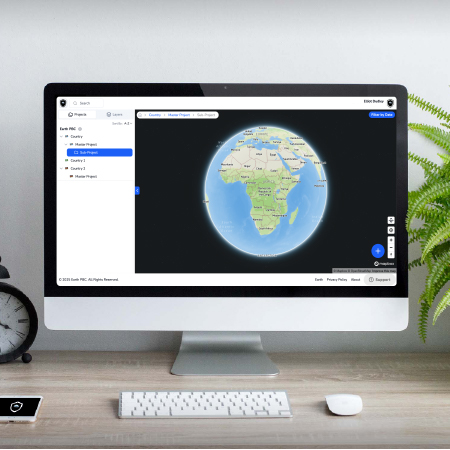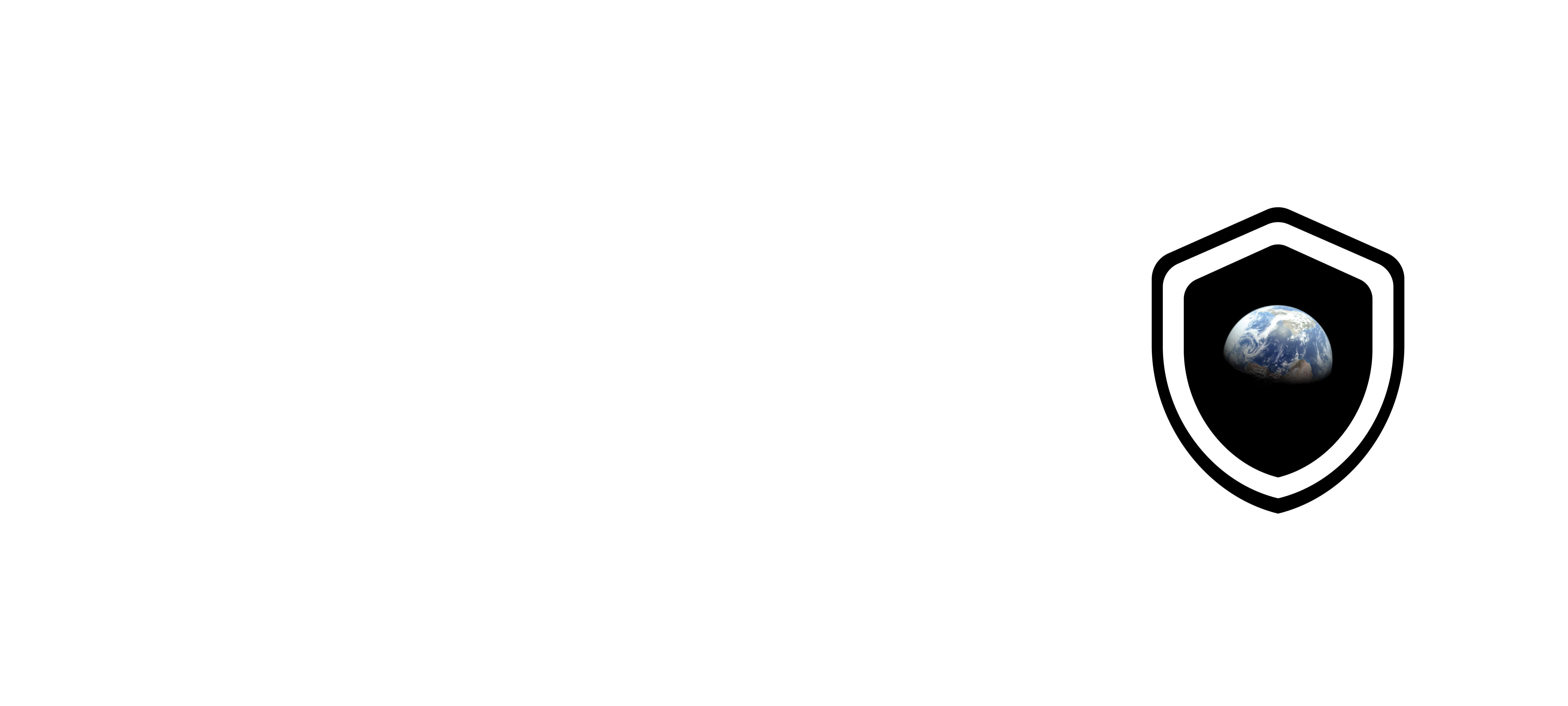Worker Welfare Monitoring with Direct Brand Connection
The only platform enabling frontline workers to self-mobilize and report conditions directly to forward-facing brands—bypassing employers through geofenced community networks and ILO-aligned monitoring.
- Professional GIS Platform
- Geofenced Workplaces
 Anonymous Reporting
Anonymous Reporting- Regulatory Compliance
- Direct Brand Link

Platform Overview
How It Works
From geofenced workplace to direct brand connection
Why Direct Connection
The Complete Picture Others Can't Provide
Brands face legal consequences. Workers know the reality. Direct connection creates accountability that bypasses corrupt intermediaries.
Workers
Beyond Employer Control
✓ Self-mobilize within geofenced workplace boundaries
✓ Form private community networks independent of management
✓ Report anonymously without fear of retaliation
✓ Provide continuous ground truth on actual conditions

Brands
Beyond Annual
Audits
✓ Receive reports directly from frontline workers
✓ Monitor all 11 ILO Forced Labor Indicators in real-time
✓ Document patterns with GPS-tagged evidence
✓ Demonstrate due diligence with comprehensive audit trails

How the Earth Platform Works
Three Steps to Complete Worker Monitoring
From geofencing to community networks to compliance reporting
Virtual boundaries establish secure zones where verified workers form private community networks—independent of their employer.
- GPS-based verification
- Smartphone simple
- Offline capability
Workers provide continuous feedback through simple polling or detailed ILO-based reports, anonymous and protected from retaliation.
- 11 ILO Forced Labor Indicators
- Multilingual support
- Real-time transmission
AI-powered reports meet CSDD, Modern Slavery Act, and TVPRA requirements with comprehensive audit trails.
- Audit-ready documentation
- Pattern recognition
- Regulatory templates

Platform Capabilities
Enterprise-Grade Technology Built for Frontline Workers
Start Monitoring Worker Welfare Today
Whether you're facing CSDD deadlines, Modern Slavery Act reporting, or need real-time visibility into manufacturing conditions, we're here to help. Tell us about your supply chain challenges.
